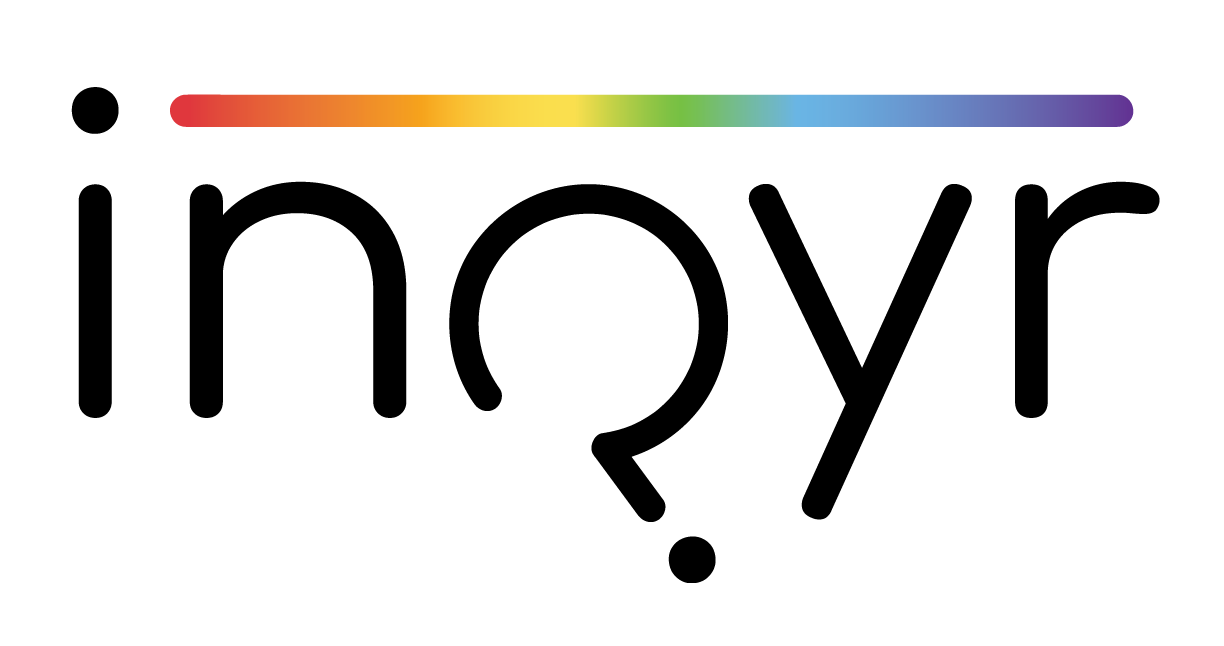Online fandom communities as networked counterpublics: LGBTQ+ youths’ perceptions of representation and community climate
McInroy, L. B., Zapcic, I., & Beer, O. W. (2022). Online fandom communities as networked counterpublics: LGBTQ+ youths’ perceptions of representation and community climate. Convergence (London, England), 28(3), 629–647. https://doi.org/10.1177/13548565211032377
Background
LGBTQ+ individuals and communities are underrepresented in mass media in regard to quality and quantity. Representation is notably increasing, however, there are a small amount of tropes and storylines that are entering mainstream media.
Historically, representation of LGBTQ+ individuals is negative, perpetuating stereotypes, and lack nuance in ways that strengthen heterosexism.
Tropes such as the “bury your gays” trope exist in mainstream media; acting as a trope where LGBTQ+ are subjected to death or violence for the sake of a dramatic or shocking plot line.
Current literature suggests that LGBTQ+ youth online participation allows folks to experience identity based exploration, development activities, and community building.
Fandom acts as a form of counterpublics, a form of space for withdrawal and regrouping for marginalized communities, providing skill buildings for counter activities directed at wider publics: such as LGBTQ+ activism.
Study Description
This study aimed to gain a better understanding of LGBTQ+ adolescents and young adults (14-29) view of LGBTQ+ representation and community climate in online fandom communities.
This study used a sample size of 3665 youth, inclusive of a diverse range of sexuality and gender expressions.
Through an online survey, the section surrounding online fandom communities was primarily open questions; garnering unique and descriptive insights.
Unique Findings
The data showed an overwhelming perspective that mainstream media lacks authentic representation of LGBTQ+ folks and their communities; highlighting the lack of trans and gender diverse characters, LGBTQ+ characters of colour and nuanced portrayals of LGBTQ+ narratives.
Participants routinely identified online fandom communities as critical in order to develop a greater quantity of more quality, diverse and intersectional representations of LGBTQ+ experiences.
Participants critiqued the presence of “bury your gays” trope in media; As stated by a participant, it “validates” violence towards the community.
Participants self-described online fandom communities as counterpublic, contrasting mass media narratives and calling for social activism.
Respondents highlighted a preference for LGBTQ+ content made by members of the community, focusing on its affirmation and creativity. Content made by non-LGBTQ+ fandom members about LGBTQ+ experiences can end up pushing stereotypes, and sexism.
Conclusions
Through the findings, three key themes were prominent; 1) LGBTQ+ stories in mass media are insufficient and offensive but are getting better, 2) counternarratives present in online fandom communities provide improvements in representation, 3) the online fandom community space has its own challenges, inclusive of a lack of diversity and intersectionality.
Fandoms act as networked counterpublics, where narratives are challenged, and activism is present: essential for some. Yet, they are not free of the oppression seen in the public sphere. Corners of fandoms are critiqued for fostering political ideologies in their fan work that align with transphobia, racism and additional exclusionary conflicts.
Online fandom communities offer counterpublic spaces for youth to fulfill some needs surrounding representation and rest from mainstream depictions.

